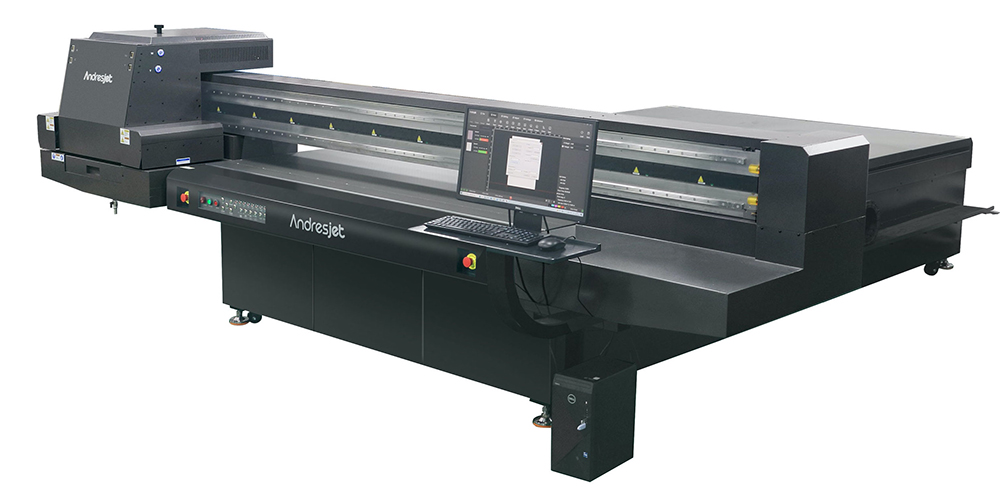Technical Insights into the Operation of UV Curing Lamps
Technical Insights into the Operation of UV Curing Lamps
Ultraviolet (UV) curing lamps are essential components in various industries, particularly in the printing, coating, and adhesive sectors. These lamps emit UV radiation that initiates a chemical reaction, known as curing, which transforms liquid inks, coatings, or adhesives into solid, durable finishes. The process offers numerous advantages, including increased productivity, improved product quality, and reduced environmental impact. This article delves into the technical aspects of UV curing lamps, exploring their operation principles, key components, and factors affecting their performance.

Operation Principles of UV Curing Lamps
UV curing is based on the principle of photochemical reaction. When UV radiation is applied to a formulation containing photoinitiators, it triggers a series of chemical reactions that convert the liquid into a solid state. The UV lamps emit radiation primarily in the ultraviolet-A (UVA) range, typically between 320 and 400 nanometers (nm), which is most effective for curing applications.
The process begins with the lamp emitting UV radiation, which is absorbed by photoinitiators in the ink, coating, or adhesive. These photoinitiators then undergo a chemical transformation, producing reactive species such as radicals or ions. These species initiate polymerization reactions, leading to the formation of a cross-linked network that solidifies the material.
Key Components of UV Curing Lamps
UV curing lamps consist of several critical components that contribute to their efficiency and effectiveness. These include:
Lamp Type: There are primarily two types of UV lamps used for curing: mercury vapor lamps and LED lamps. Mercury vapor lamps have been the traditional choice but are gradually being replaced by LED lamps due to their energy efficiency, longer lifespan, and lower environmental impact.
Reflector: The reflector is designed to maximize the intensity of UV radiation by directing it towards the material being cured. It ensures that the UV energy is concentrated and evenly distributed, optimizing the curing process.
Power Supply: The power supply regulates the electrical current to the lamp, controlling its output. Stable and adjustable power supplies are crucial for maintaining consistent UV output and preventing premature lamp failure.
Cooling System: UV lamps generate heat during operation, which can degrade their performance and lifespan. Therefore, an efficient cooling system is necessary to maintain optimal operating temperatures.
Factors Affecting UV Curing Lamp Performance
Several factors influence the performance of UV curing lamps. Understanding these factors is crucial for achieving consistent and high-quality curing results.
UV Intensity: The intensity of UV radiation emitted by the lamp directly affects the curing speed and quality. Higher intensities can cure materials faster but may also increase the risk of overheating or damaging the substrate.
Wavelength: The wavelength of UV radiation determines its penetration depth into the material. UVA radiation, with longer wavelengths, penetrates deeper but may require longer exposure times for complete curing.
Lamp Age and Condition: The performance of UV lamps degrades over time due to factors such as bulb blackening and reflector deterioration. Regular maintenance and timely replacement are necessary to maintain optimal curing efficiency.
Material Properties: The composition and thickness of the material being cured significantly impact the curing process. Thicker materials or those with high opacity may require longer exposure times or higher UV intensities.
Ambient Conditions: Temperature and humidity can affect the curing process. High temperatures can accelerate curing but may also lead to overheating, while high humidity can interfere with the chemical reactions.
Advancements in UV Curing Lamp Technology
Recent technological advancements have led to the development of more efficient and versatile UV curing lamps. Some notable developments include:
LED UV Curing Lamps: LED lamps offer several advantages over traditional mercury vapor lamps, including higher energy efficiency, longer lifespan, and reduced heat generation. They also provide better control over UV output, allowing for more precise curing.
Intelligent Control Systems: Modern UV curing systems incorporate intelligent control systems that monitor and adjust lamp output in real-time. These systems optimize curing parameters based on material properties and ambient conditions, ensuring consistent curing quality.
Customizable Wavelength Output: Advances in lamp design now allow for the production of UV lamps with customizable wavelength outputs. This feature enables the use of specific wavelengths that are more effective for curing certain materials, further enhancing process efficiency.
Conclusion
UV curing lamps play a vital role in various industries, enabling fast and efficient curing of inks, coatings, and adhesives. Understanding their operation principles, key components, and factors affecting performance is essential for achieving optimal curing results. With ongoing technological advancements, UV curing lamps are becoming more efficient, versatile, and environmentally friendly, further expanding their applications and benefits. As industries continue to seek sustainable and high-performance manufacturing solutions, UV curing lamps will remain a crucial technology for achieving these goals.
